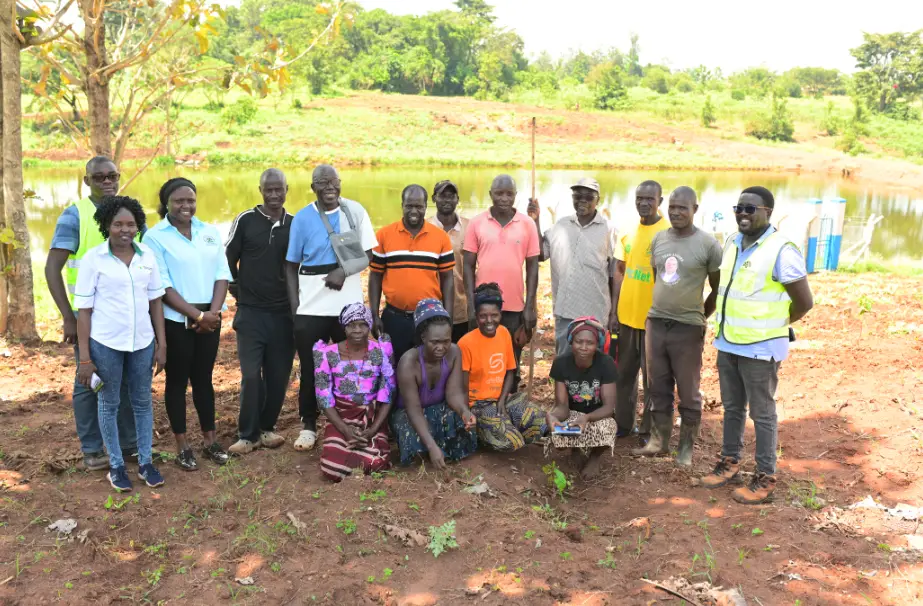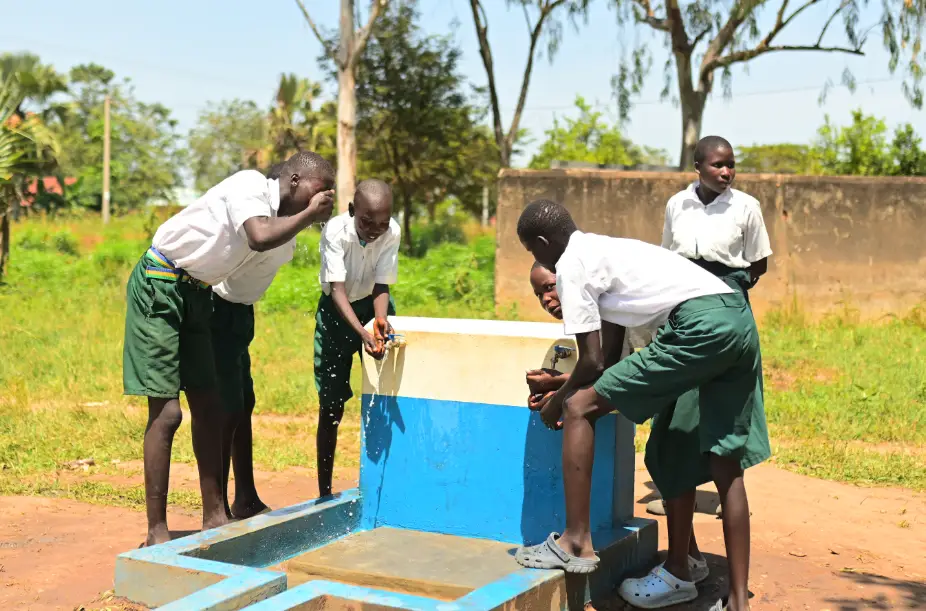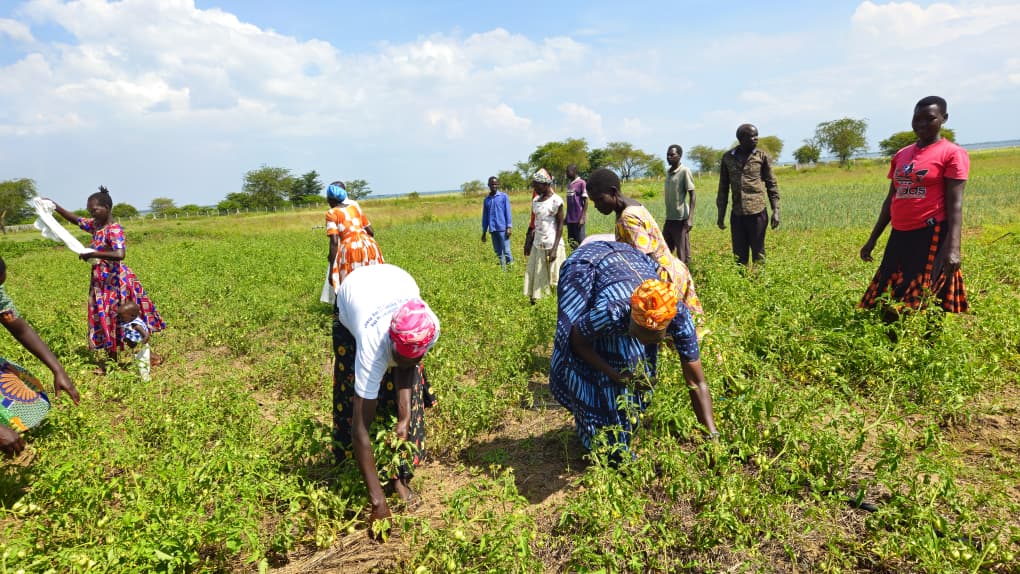
Proactive Emergency Planning Is a National Necessity for Bujagali Dam Safety
Kampala, 16th October 2025
The Ministry of Water and Environment (MWE) has stressed that robust emergency preparedness is a national necessity for critical infrastructure like the Bujagali dam, emphasizing that continuous proactive planning is vital for Uganda’s economy and regional stability.
The message was delivered on Thursday, 16th October, at Golden Tulip Hotel in Kampala by Eng. Dominic Banaga Mucunguzi, Assistant Commissioner for Water Resources Planning and Management at the MWE, during the Dam Safety Emergency Preparedness and Response Plan (EPRP) Sensitisation Workshop, organised by Bujagali Energy Limited.
Eng. Mucunguzi painted a stark picture of the potential fallout from a dam failure, using the hypothetical collapse of the Nalubaale and Kiira Dams.
Such an event, he warned, could turn the Victoria Nile into an “unstoppable torrent,” devastating communities downstream in Jinja, Kamuli, and Kayunga.
The resulting infrastructure damage, mass displacement, and failure of the national power grid would constitute a severe national disaster. “Dam safety is not optional — it is a national and regional necessity,” he asserted.
The keynote address highlighted Uganda’s heavy reliance on hydropower, which currently accounts for over 90% of the nation’s electricity.
All major dams—including Nalubaale and Kiira (380 MW), Bujagali (250 MW), Isimba (183 MW), and Karuma (600 MW)—are situated along the same River Nile system.
This interconnectedness means the safety of one dam impacts all others downstream, creating a potential for “economic paralysis” across the Nile Basin if a single failure occurs.
International incidents, such as the 2020 Edenville Dam collapse in the US and the Bout Dam failure in Sudan, which displaced thousands, serve as grim reminders that “dam safety failures are not just engineering problems — they are human tragedies”.
In response to these threats, particularly the strain seen on the Nalubaale and Kiira dams during the 2019–2020 Lake Victoria floods, the MWE has taken proactive steps to strengthen its safety regime.
Eng. Mucunguzi underscored that even with the best engineering, risks from heavy rainfall, earthquakes, or human error remain.
He outlined essential pillars of effective preparedness:
-Risk Assessment and Hazard Mapping
-Early Warning Systems
-Emergency Action Plans (EAPs)
-Institutional Coordination
-Community Preparedness
-Drills and Simulations
-Continuous Monitoring and Maintenance
-Call for Collective Responsibility.
The Ministry praised Bujagali Energy Limited for its “proactive leadership” in fostering a multi-agency approach to safety.
The Assistant Commissioner emphasized that preparedness is a culture built on continuous learning and collaboration.
The speech concluded with a firm warning: “The time to plan for an emergency is not when the siren goes off – it is now.”
With climate change increasing rainfall extremes, compliance with the Water (Dam Safety) Regulations, 2017, is more urgent than ever.
The Ministry stressed that “every dollar invested in dam safety saves five to ten dollars in avoided losses.”
“Dam safety is a moral, social, and national responsibility,” Eng. Mucunguzi declared, urging policymakers, power producers, engineers, and downstream communities to make it “everyone’s business.
 Official Website of the Ministry of Water and Environment
Official Website of the Ministry of Water and Environment





